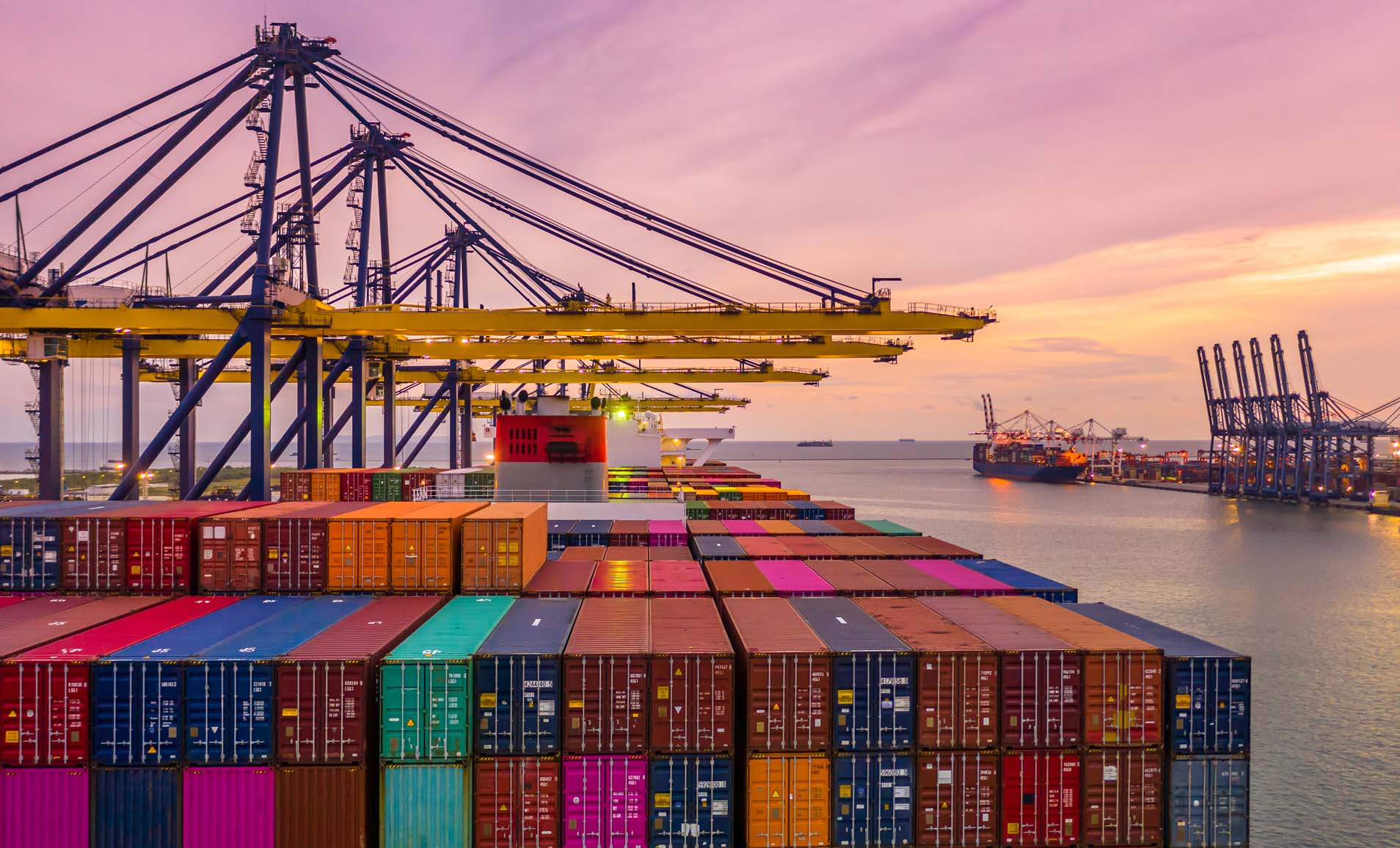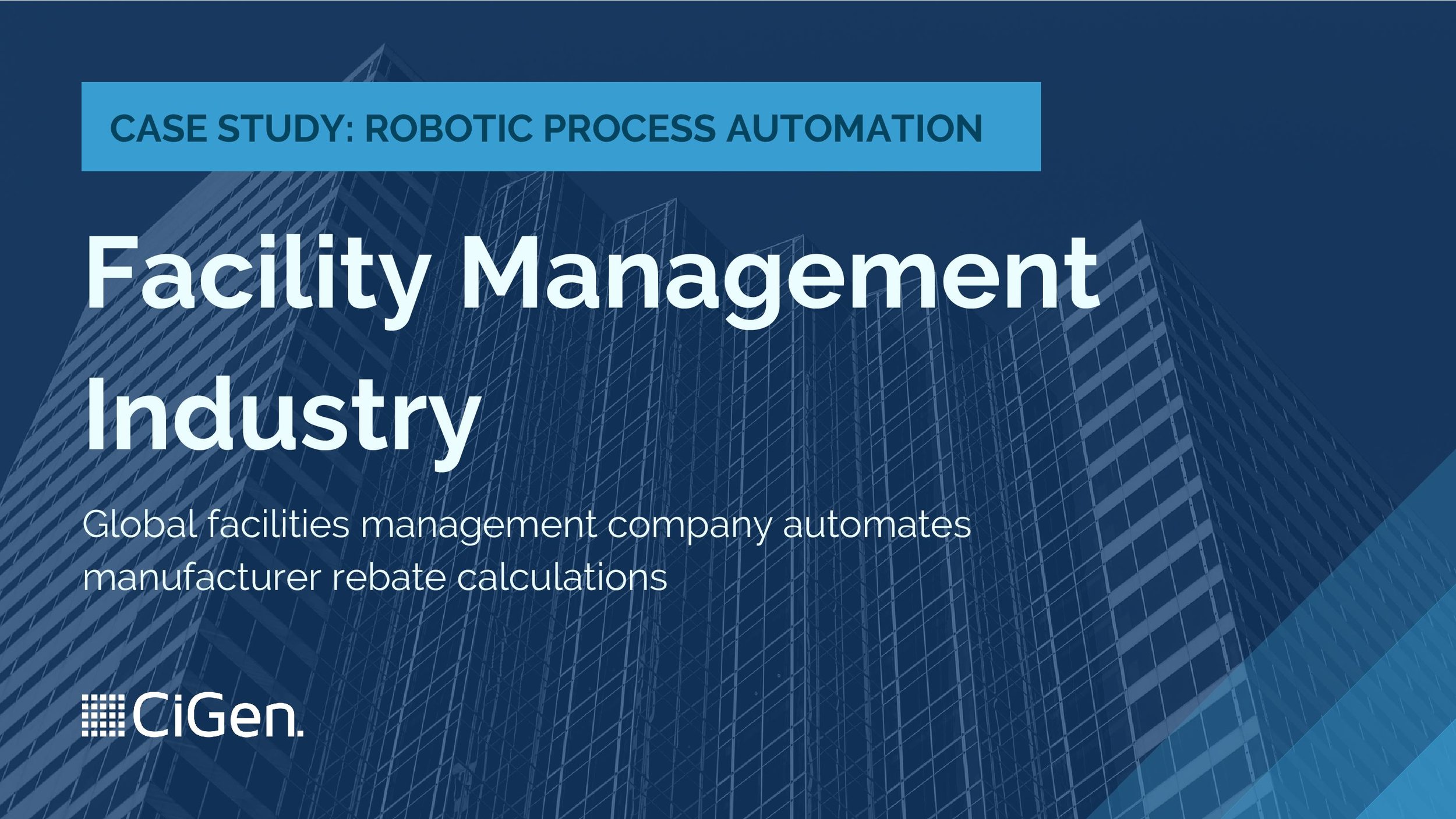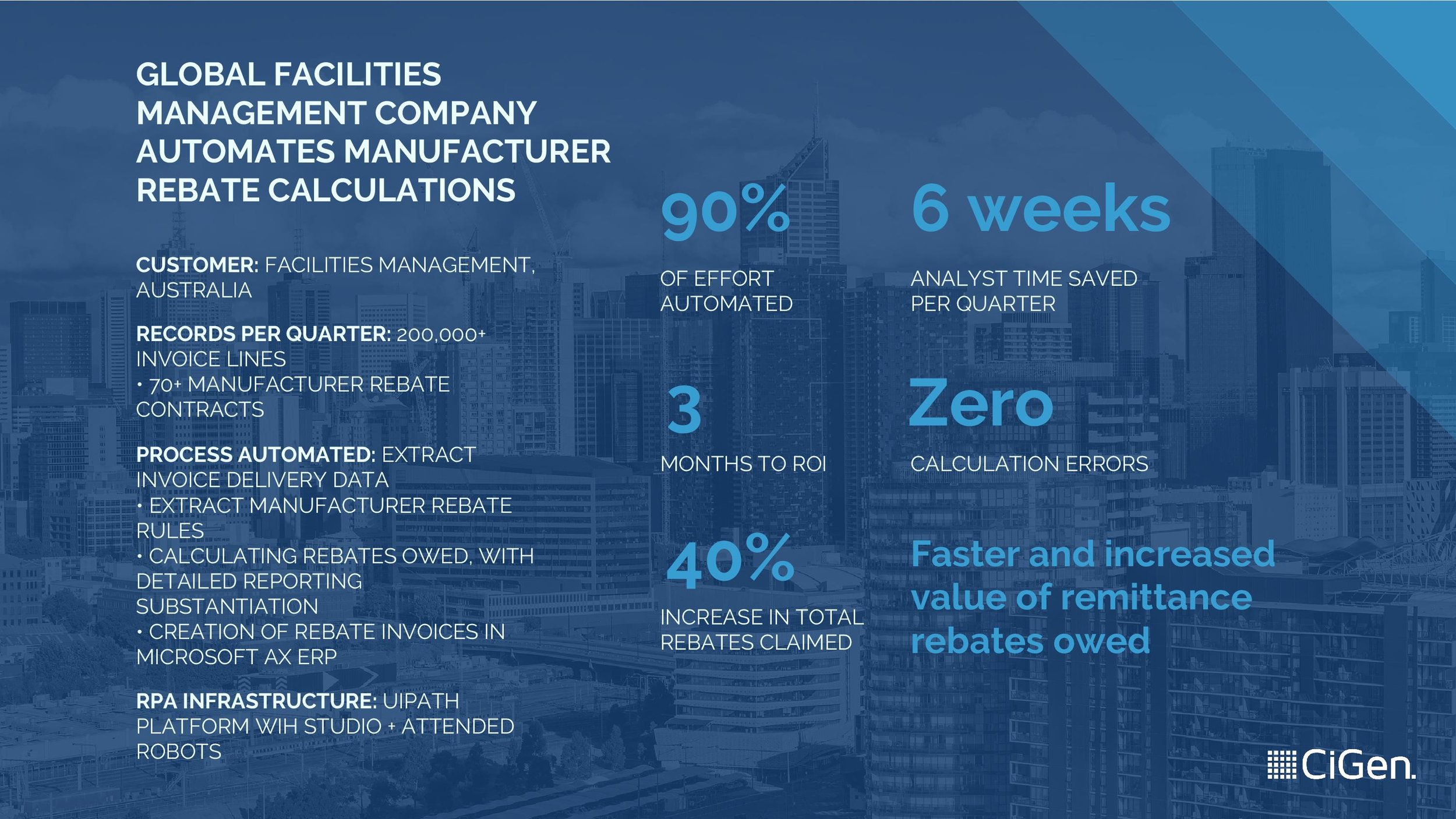Port automation is finally gaining ground, catching up with comparable sectors like mining and warehousing.
“According to a report by Markets and Markets, the value of semi and fully automated container terminal market currently exceeds $9 billion, and is forecasted to grow 20% more and reach $10.9 billion over the next five years.”
The Asia Pacific region is leading this ascending automation trend, primarily because of efforts from countries like Australia, China, Japan and India to improve their port infrastructure. Indeed, automated terminals can reduce the number of port workers to half, which has a salutary effect on decreasing port inefficiencies.
Mind that so far we’ve been talking about automation more generally, by means of physical and software robots. However robotic process automation for ports, providing terminals with the capacity for 24/7 service, freed from human error or delay, is certainly worth consideration in and of its own.
A very telling example of port automation is the port of Melbourne. The Victoria International Container Terminal (VICT) is its most recent terminal operator, and the first fully automated terminal in Australia. Automation of its STS cranes (by means of physical robots) and of its boat-to-quay operations (by means of software robots) is expected to extend its current annual capacity of about a million with 400,000 TEUs.
“Everything about VICT, from its technology to its location and layout, has been designed to deliver unprecedented efficiency, safety, sustainability and security.”
There are five constituents of automation in ports: equipment, equipment-control systems, terminal control tower, human–machine interactions, and interactions with the port community. While they can be leveraged individually, the full benefit is achieved by concerted use.
The ‘full benefit’ can mean up to 55% reduction of operating expenses and up to 35% increase in productivity. According to McKinsey, such digitally enabled upgrades foreshadow the new paradigm of Port 4.0, defined by the shift from asset operator to service orchestrator.
Robotic process automation (RPA) use cases for ports
Consistent with our practice oriented approach to the gains of RPA, let us now look over some real world use cases of robotic process automation for ports. It is quite likely that the numerical expression of benefits that we referred to above will become more substantial when framed in terms of concrete application areas.
1. Port gates automation
Traffic management at port gates, i.e., the identification and record of all entities crossing the gates, is a crucial means to ensure safety. Customs, security checks, immigration, or quarantine are rule based, highly repetitive tasks that are mandatory for the protection of port integrity.
A very important aspect to be considered is the continuously growing volume of traffic, which requires increased processing speed to avoid long the waiting times that can negatively impact productivity. Entry and exit logs, docking payments, verification, etc. are thus use cases of RPA for ports that can streamline the workflow and warrant traffic security, thereby also minimising the productivity related downsides of queueing at port gates.
2. Damage inspection
Physical damage to the containers, wet damage, or leaks are among the most common causes of damage. According to the Swedish Club P&I Claims Analysis from 2016, grounding and flooding of hold incur highest costs, the latter being also among the most frequent damage causes. Although the cost of average cargo claim has been constantly falling since 2009, the total claim costs have been on the rise due to the rising frequency of claims.
PEMA estimates annual losses of US$1 billion from insurance carriers or companies responsible for moving goods. Fast and accurate inspection of the damages is a prerequisite for optimally coping with the damages. And since speed and accuracy are trademarks of RPA, leveraging the potential of software robots for damage inspection is a step forward towards operational efficiency.
3. Ship invoicing
Based on shipping line preferences, ports must prepare the documentation necessary for vessel invoicing. Marine and harbour charges, docking, garbage removal, and crew transport – all these must be invoiced for each and every vessel that enters a port.
Moreover, rail cost, security, power, and customer-required movement must be charged per container, for all vessel containers. To complicate things even more, these charges vary by line, kind of service, and container type. Consequently, multiple systems (e.g., operations, email, finance) need to be used for manually capturing and assessing the data, and then for actually producing the invoices for the shipping lines.
Obviously, this is is not only a tedious job, but also extremely time consuming. Software bots, on the other hand, can seamlessly integrate these various systems, output shipping line-specific invoices, and forward the invoices to the finance department.
By automating the process, several sub-processes of manual invoicing, such as barcoding or scanning, are deemed unnecessary. This makes both employees and customers more satisfied, by freeing the former to focus on more valuable tasks, and by improving standardisation and conformity with customers’ requirements.
4. Within- and between-ports communication
Automating port communication is an illustrative example of leveraging the potential of both robotic process automation and cloud-based technologies. In the 21st century, greater connectivity among ports enabling real-time information sharing, is central for prosperous maritime business inasmuch as it promises to bring about an increase in the cost-effectiveness of services.
If you only consider the ease of data collection on cloud servers, and of data access and translation by means of cloud computing, as well as how these processes enables self-navigation, you are one step closer to grasping the potential of digitally-supported connectivity.
Cloud platforms can link the portuary industrial machinery to the digital system, allowing for full connectivity both within- and between-ports. RPA can also be helpful for sidestepping the difficulty of Cloud use for maritime companies that are highly attached to their legacy systems.
The outcome is a significant rise in the precision, and safety of vessel mooring. Finally, the impact of mooring acceleration on waiting times reduction and cost savings should also be taken into account when evaluating the perspective of connectivity as a use case of RPA for ports.
Conclusion
Only around 10% of the total global terminal footprint in terms of hectares has been automated by mid 2018. So far, automation is most prevalent among large (over 65 hectares) maritime gateways. However, the situation of robotic process automation for ports is rapidly evolving, and it is expected to catch up with RPA deployment in mining or distribution centers.
And this is so for very good reasons. More efficient control of traffic and trade flows, increased port capacity and efficiency, improved oversight of port emissions, improved process flow stability – these are just some of the gains that make RPA so appealing for port managers.
Below we have a case study of RPA implementation in an Australian global facilities management company, that used RPA to automate manufacturer rebate calculations.
We end by mentioning once again that this is part of a series of articles about the particularities of RPA in different sectors like transportation and logistics, hospitality, or healthcare, pragmatically oriented towards concrete application areas. If you find the information useful, subscribe to the newsletter below to make sure that you stay updated with news about the fast-evolving intelligent automation services.
We recently launched an eBook about RPA implementation, which you can download from here. In it you can find a Complete Guide to Implementing Robotic Process Automation (RPA) Across 11 Industries, such as finance, legal, healthcare or ports.



